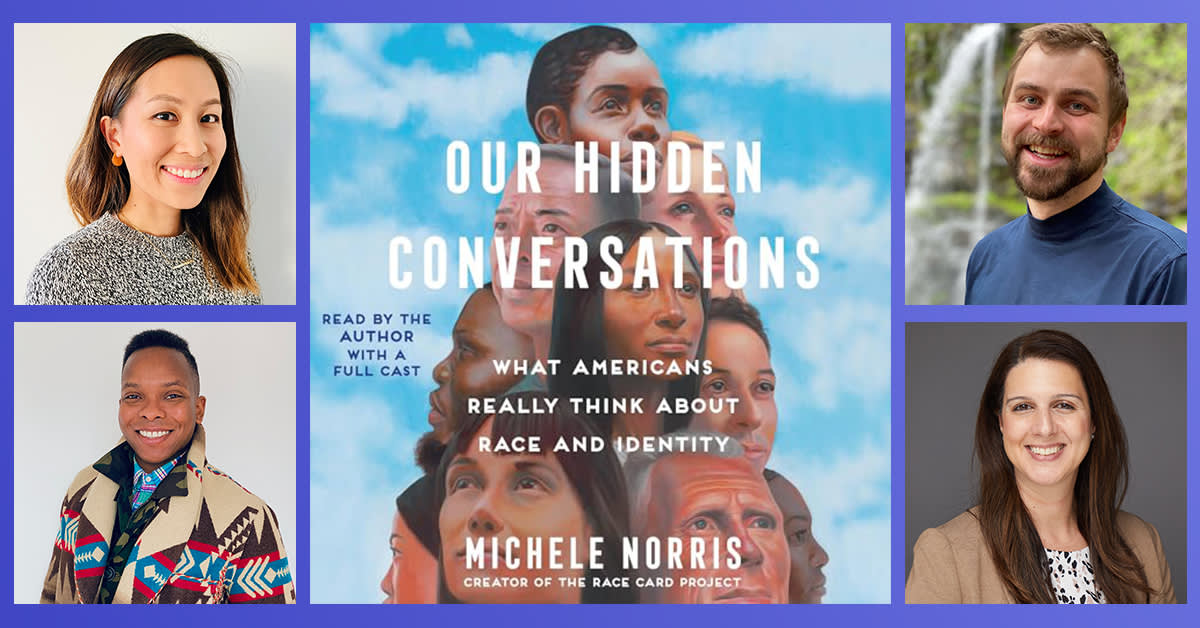Alice Walker, the Pulitzer Prize-winning author, activist, and feminist, is credited with coining the term "colorism" in her 1982 essay "In Search of Our Mothers' Gardens," defining it as "prejudicial or preferential treatment of same-race people based solely on their color."
I remember in high school when girls would gush over the light-skinned guys and say, “I like him, he’s the kind of guy I want to marry. I have to think of my children.” The meaning behind that is that their children would be lighter and have “good” hair much like the hair of white people.
It's important to note that the issue of colorism is not unique to Black people. Adherence to Eurocentric beauty standards and the fascination with fair skin persists to this day in many countries and races.
Colorism is what I call leftover slavery thinking. When enslaved women were bought at auction they became the plantation owner’s property, with zero agency. They worked in the fields and in the house. They cooked, cleaned, served, fed the masters’ children and even bore some of them, and in many cases their sons' children. Lighter skin brought higher prices than darker-skinned men, women, and children at auction. Lighter skin brought privileges such as not being relegated to work in the fields, although working in the big house could be just as brutal.
Then along came “Black is Beautiful” in the ’60s. It was all right to have chocolate-brown skin, it was all right to have natural hair. It was a celebration and a show of pride of who we are. James Brown sang, “I’m Black and I’m Proud.” Our first Black president’s wife, Michelle Obama, was clearly an African American woman. Her skin was shades darker than her husband’s mixed-race skin. I am sure a lot of young Black girls had a newfound sense of confidence and pride when they saw the First Lady.
Colorism continues and most likely is here to stay in some form or fashion, maybe less so in today's multicultural society. For sure, it lives in these books, fiction and nonfiction.

















